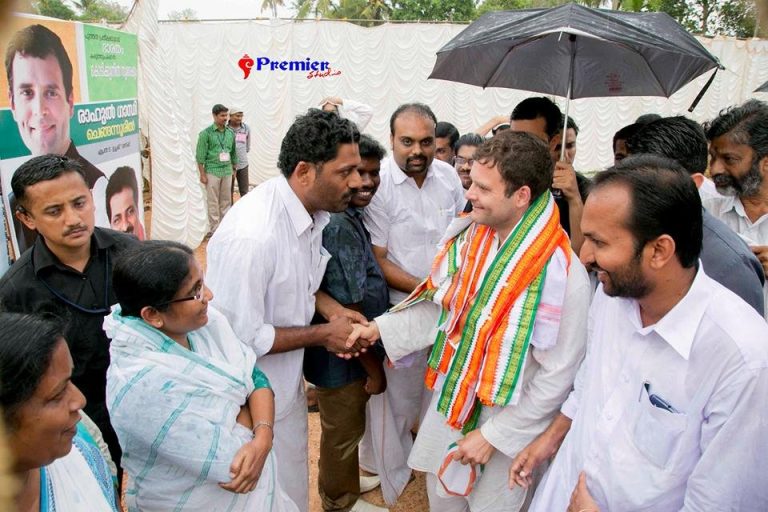
[ad_1]

India’s opposition has made significant strides to garner support as they recently banded together against the Hindu nationalist Modi government, but possible in-fighting may dull their efforts.
The Indian opposition has united under the banner “INDIA” (an acronym for Indian National Developmental Inclusive Alliance) to unseat Modi, who is set to run for a third term in the general elections in 2024.
In May, 26 political parties aligned for the cause, but just months after, there has been talk of political in-fighting. The alliance members have refuted these claims, calling it a move to sabotage their coalition by the ruling party.
READ: Amid Conflict In Kashmir, Martial Arts Emerges As A Popular Trend Among Girls
But there is some truth about the issues within the alliance as the Indian National Congress has been accused of focusing on the state assembly elections while neglecting and canceling INDIA alliance meetings. Some party leaders have also said they intend to prepare for the elections next year to win their seats and will discuss “seat-sharing” later.
Congress, the main opposition party in India, has been focused on shining light on the party and garnering support from and appealing to the Indian diaspora, who are invested in the country with cultural, familial and economic ties.
Modi opposition ‘united’
Rahul Gandhi said during his guest lecture at Stanford University in June that the opposition is “pretty well united.”
“I think it’s getting more and more united. We’re having conversations with all the opposition (parties). I think quite a lot of good work is happening,” he added. “It’s a complicated discussion because there are spaces where we have competing also with (other) opposition (parties). So, it’s a little bit of give and take as required. But I’m confident that that will happen.”
The lecture was part of his six-day visit to the U.S., where Gandhi, 53, held public gatherings in San Francisco, Washington and New York ahead of Prime Minister Narendra Modi’s visit.
“The purpose of (Gandhi’s) trip is to connect, interact and begin a new conversation with various individuals, institutions and media, including the Indian diaspora that is growing in numbers in the United States and abroad to promote the shared values and vision of the real democracy with a focus on freedom, inclusion, sustainability, justice, peace and opportunities world over,” said Sam Pitroda, the Overseas Congress chairperson, in a statement.
Gandhi was met with a packed hall at the Javits Center in New York City. The zealous attendees from the Indian diaspora in the New York metropolitan area cheered him on as he called for building a shop of love in this marketplace of hatred — “nafrat ki bazaar mein muhabbat ki dukaan” — referring to the rise in communal hatred in India.
“There is no freedom of speech; you can’t comfortably say what you like,” said Satvinder Singh, a truck driver and an attendee at the event. “If you do say something, you’re quickly snubbed. People are struggling so much to fight for their basic rights. If people want these rights back, we need to move, and Congress seems to be the best alternative.”
Gandhi, who is at the helm representing Congress in these events, has been diligently working on garnering people’s trust and, in the process, also improving his public image.
BJP and the media have often dismissed Gandhi as an oblivious figure, calling him “pappu” — a Hindu word meaning “small boy’ — although these attempts to rebrand his image and the Congress party’s image have not gone unnoticed.
Gandhi said in his Stanford University lecture: “The entire opposition is struggling in India. Huge financial dominance. Institutional capture. We’re struggling to fight the democratic fight in our country.”
He stated that this struggle moved him, and he decided to go on a 136-day journey, “Bharat Jodo Yatra” (Unite India). The mobilization culminated in January and spanned 12 states, covering 2,218 miles, some by foot.
“Bharat Jodo Yatra is a movement to march against the neglect of people’s aspirations by the government,” according to the movement’s website. “The socio-cultural fabric of India has been torn apart by divisive forces. Our economy is collapsing. Price rise and unemployment have turned people’s hope into despair.”
Many grassroots organizations and opposition party members joined the “yatra” — in Indian-origin religions such as Hinduism, Buddhism, Jainism and Sikhism, generally meaning a pilgrimage to a holy site — to show solidarity with the movement.
[ad_2]
Source link